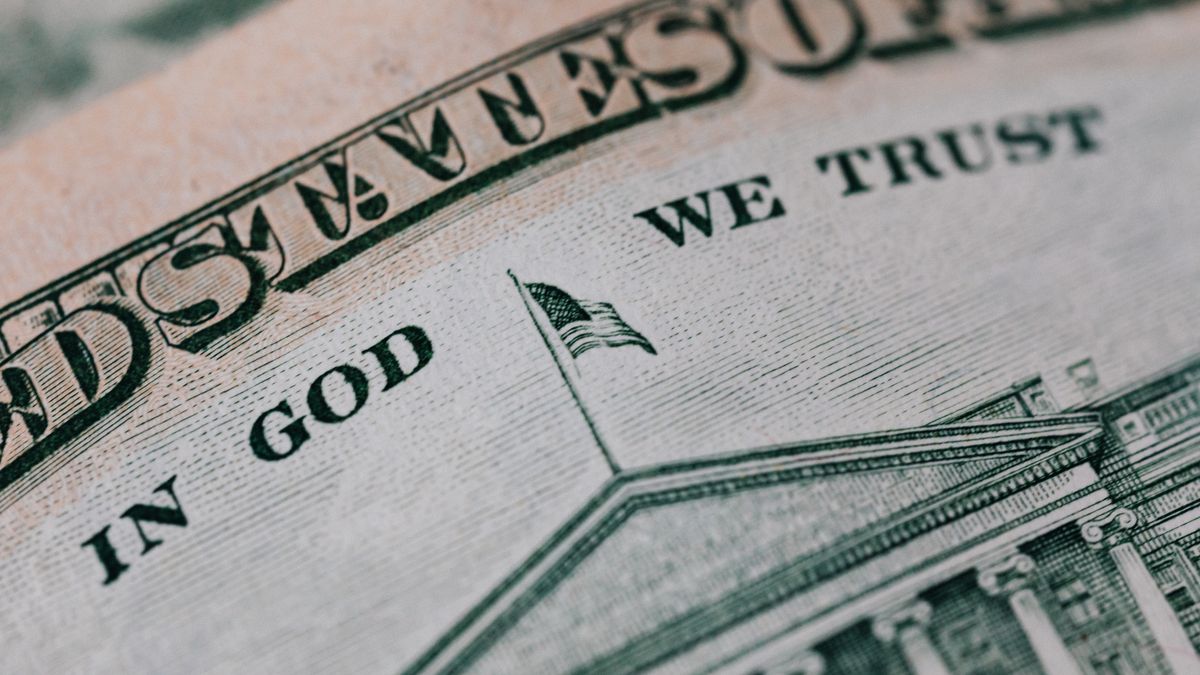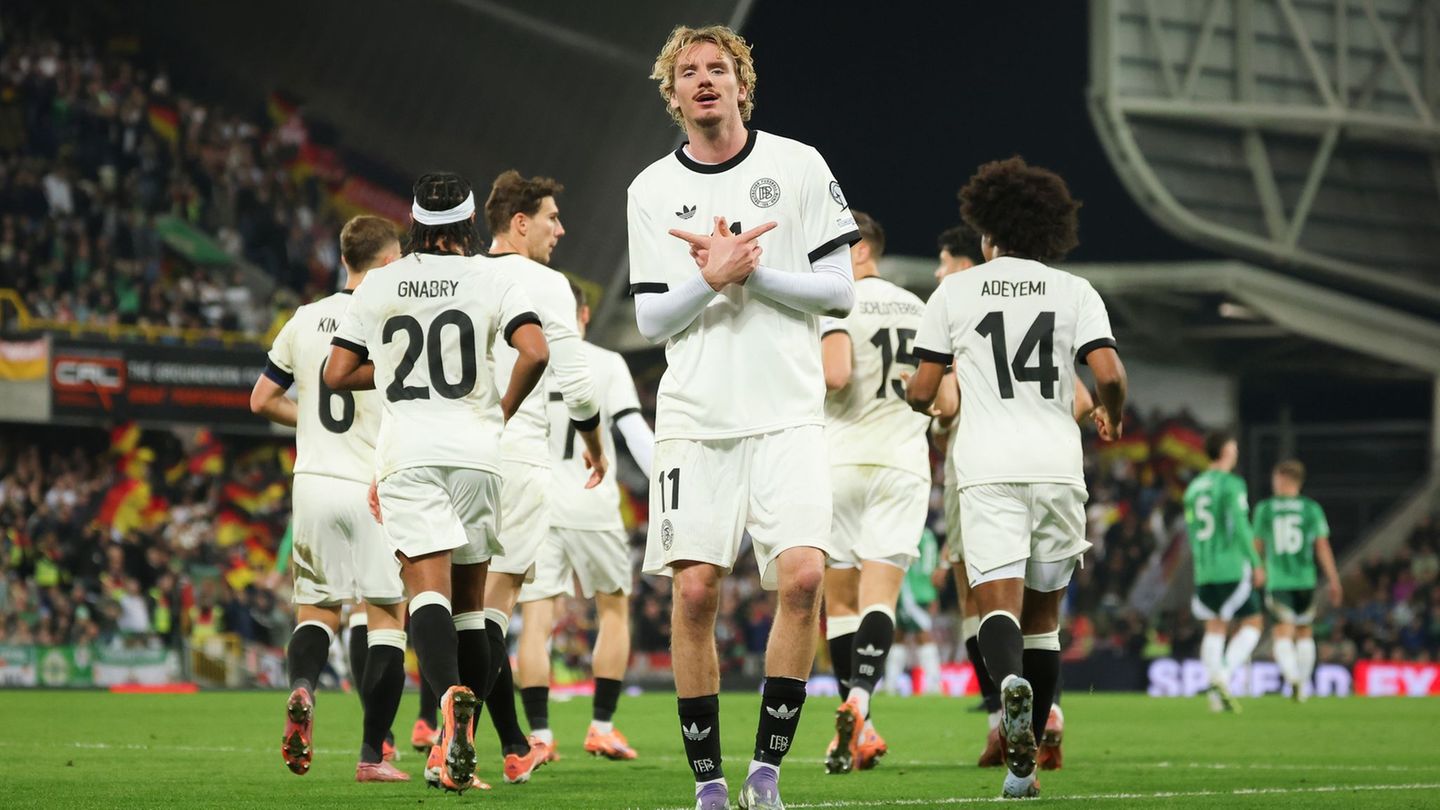Parallel dollars woke up strongly this Tuesday, September 26: the blue jumped almost $15 to a maximum of six weeks (ended at $758), while the CCL advanced almost $18 and closed at its highest level of the month ($775.25), less than a month until the presidential elections in October. Faced with this exchange rate volatility, the question arises as to whether the free dollar, at a level above The $750 is expensive or cheap? In historical terms.
For the economist Amilcar Collante “in historical terms It’s a big dollar.” because “is above the exchange rate at the exit of Convertibility (the jump from June 2002, which reached $4). That is a price that today it is equivalent between $680 and $690“.
However, it is worth noting that during Alberto Fernández’s administration, higher currency prices were recorded, adjusted for inflation. “In October 2020, for example, the dollar of $195 after the end of the pandemic would today be a dollar of almost $1,000“Collante graphed.
To its turn, Fernando Marull, economist and partner at FMyA, assured that to think about whether the parallel dollar is expensive or cheap, two possible scenarios must be imagined. “It is high if a successful stabilization plan is achieved, but is low if we are heading towards hyperinflation. Today we are balanced in both scenarios,” she explained.
For this economist, a crisis dollar today is $1,000like the peak of 2020. “The Convertibility dollar gives $1100, for reference”he highlighted. This type of measurement arises from the relationship that exists between the monetary base (amount of pesos) and the net reserves (amount of dollars) of the BCRA.
“Is an expensive dollar. By comparing these current nominal values and extrapolating them, adjusted for inflation, with other historical moments such as 2000, 2001, or the jump of October 2020, the result is that it is high“, specific Mauro Cognettamanaging partner at Global Focus Investments.
What can we expect in the short term for parallel dollars
For Mauro Cognetta must also be taken into account other factors to know what could happen in the short term with the blue dollar and stock exchange rates, such as “economic instability and political uncertainty”. But, she explained, the expectation is that continue to rise.
“Surely At some point that free dollar converges with the official one. Although we do not know if They are going to release stocks, if there will be dollarization, or if the dollar and the peso are going to coexist. So there is so much uncertainty that with a high monetary issue, fiscal deficit and quasi-fiscal more all endogenous inflationgenerates more pressure on exchange rates,” he added.
As for the official wholesale dollar at $350I think that “At some point it will take a leap and it will probably be after the presidential elections.”
Official dollar and blue dollar: what will happen to the nominal value
As to the nominalityfor Cognetta, “it will run up”but he believed that the price relationship between the official dollar and the free dollar, that is the gap will remain constant.
For this specialist, this new devaluation is already discounted by the marketand we can see this in future dollar contracts, and in the implicit rates of linked dollar bonds, whether corporate or sovereign.
“Now it is also known that the soybean dollar ends 4therefore, a dollar supply grid is also closed and that also gives upward pressure to the free dollar“I’m referring to the blue dollar and the stock markets,” Cognetta concluded.
Source: Ambito
I am a 24-year-old writer and journalist who has been working in the news industry for the past two years. I write primarily about market news, so if you’re looking for insights into what’s going on in the stock market or economic indicators, you’ve come to the right place. I also dabble in writing articles on lifestyle trends and pop culture news.




